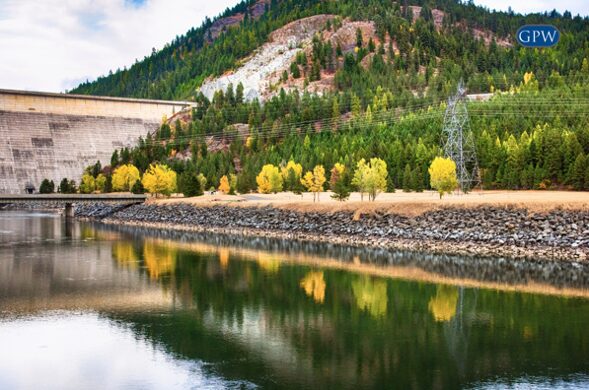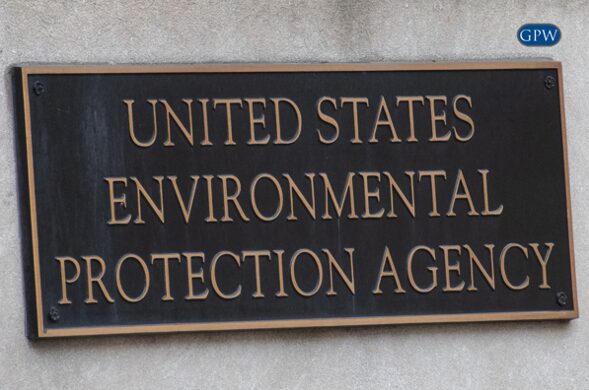West Virginia Oil & Gas Drilling Explosion Sends Five to Hospital with Burns
An explosion at a natural gas well near New Milton, WV on July 7 injured eight people. Five workers were taken to the hospital to be treated for burns.
The explosion may be tied to a faulty pump. The pump was used to draw fracking fluid out of the well and into storage tanks in a process known as “flow back.”
While a containment area surrounding the well kept fracking from contaminating nearby lands, the accident understandably sparks concerns about safety.
The West Virginia Department of Environmental Protection (WVDEP) Oil & Gas Map Search shows thousands of wells throughout West Virginia. More than a dozen well sites surround New Milton, most operated by Antero Resources, who operates the well where the explosion took place.1
In a March 25 Forbes OP/ED, “Oil & Gas Isn’t Just One Of The Richest Industries, It’s Also One Of The Safest,” the author argued
The industry does not have to hang its head. In 2011, according to the U.S. Bureau of Labor Statistics, there were 2.3 incidents of injury and illness per 100 oil and gas workers. That’s compared with 3.5 incidents per 100 for the entire private sector”.2
However, Dr. Scott Harris showed these numbers don’t tell the whole story. The Senior EHS Advisor at UL Workplace Health and Safety noted that that vast majority of oil and gas extraction work is done by contractors, and those contractors seem to be more at risk than non-contract workers.
The 2011 rates for non-contracted employees was only 0.9 per 100. Compare this to contractors who are drilling the wells: 3.0 per 100 and all other contractors: 2.1 per 100. “Though well below the U.S. private industry average (3.5),” Harris writes, “it begs the question of why the rates are so disproportionate.”3
The disproportionate burden contract employees shoulder is also true of fatality data. Ten percent of the fatalities suffered by the oil and gas industry in 2011 were non-contract employees, despite making up a third of the workforce. Contractors drilling the wells on the other hand—who make up mere 17% of the workforce—were most at risk, suffering 37% of the total losses.
In terms of number of deaths, more than four times as many drilling contractors were killed as compared to non-contract employees. The largest part of the workforce, other contractors not involved in drilling, suffered losses nearly six times those of the non-contract employees, in terms of number of deaths.
As to the cause of these fatalities, “transportation” and “contact with objects” are the two leading causes listed for all workers, contract and non-contract. For all contract employees, the number three cause was “fire and explosion.”
The WVDEP, Occupational Safety and Health Administration (OSHA), and independent teams hired by Antero Resources have all said they had people out at the site investigating since Sunday, when the explosion occurred.
Despite the reaction to this incident, federal OSHA investigations are, on average, lower than they have been in recent years. “There was a major reduction in fed-OSHA inspections across all of these groups [non-contract and contract] in 2012,” Harris writes. According to the Parkersburg News and Sentinel, recent fires and burn injuries at other Antero job sites in West Virginia are now under review.4
With the prevalence of these natural gas and oil wells scattered heavily over West Virginia and the entire Marcellus shale region, safety is a concern to many. Water contamination is a major concern for many homeowners, but this explosion and a December 2012 natural gas explosion that leveled four houses 15 miles outside of Charleston, WV expand those concerns to bodily injuries.5
We have had clients who have suffered from water contamination as a result of gas drilling activities, but it’s alarming to learn that industry practices may lead to serious physical injuries, including severe burns. Regulators unfortunately haven’t been given the resources and manpower to prevent these catastrophes. Anyone who has been injured should contact an attorney immediately to protect their rights.



